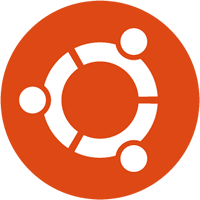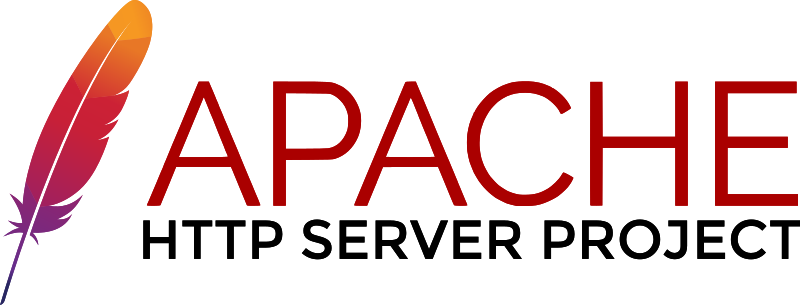by Mriyam Bikash Tamuli
Introduction to Open Source
- Dropped out of college
- Worked in a Sysadmin/DevOps role at rtCamp for 2 years
- Led the EasyEngine team as Team Lead while at rtCamp
- Currently undergoing Fullstack Web Development bootcamp at Pesto
- Define FOSS
- Open source licences
- Why use open source
- Open source beyond software
Open source products include permission to use the source code, design documents, or content of the product.
- Wikipedia
Open-source software (OSS) is a type of computer software in which source code is released under a license in which the copyright holder grants users the rights to study, change, and distribute the software to anyone and for any purpose.
- Wikipedia
Free software or libre software is computer software distributed under terms that allow users to run the software for any purpose as well as to study, change, and distribute it and any adapted versions.
-Wikipedia
Examples of open source software
Linux Kernel
Operating Systems based on Linux









https://choosealicense.com/ - Explains licenses for those of us who are not lawyers.
No License
When you make a creative work (which includes code), the work is under exclusive copyright by default. Unless you include a license that specifies otherwise, nobody else can copy, distribute, or modify your work without being at risk of take-downs, shake-downs, or litigation. Once the work has other contributors (each a copyright holder), “nobody” starts including you.
Control. Many people prefer open source software because they have more control over that kind of software. They can examine the code to make sure it's not doing anything they don't want it to do, and they can change parts of it they don't like.
Training. Other people like open source software because it helps them become better programmers. Because open source code is publicly accessible, students can easily study it as they learn to make better software. Students can also share their work with others, inviting comment and critique, as they develop their skills.
Security. Some people prefer open source software because they consider it more secure and stable than proprietary software. Because anyone can view and modify open source software, someone might spot and correct errors or omissions that a program's original authors might have missed.
Stability. Many users prefer open source software to proprietary software for important, long-term projects. Because programmers publicly distribute the source code for open source software, users relying on that software for critical tasks can be sure their tools won't disappear or fall into disrepair if their original creators stop working on them.
The world is full of "source code"—blueprints, recipes, rules—that guide and shape the way we think and act in it.
Examples of open source hardware
Air Quality Egg - The Air Quality Egg (AQE) is an open source hardware Internet of Things platform and hobbyist device for crowdsourced citizen monitoring of airborne pollutants.

Project Ara - Project Ara was a modular smartphone intended to consist of hardware modules providing common smartphone parts, such as processors, displays, batteries, and cameras, as well as modules providing more specialized components, and "frames" that these modules were to be attached to.

ArduCopter - A full featured, open source, multicopter UAV controller.

https://www.recurse.com/social-rules
They help create a friendly, intellectual environment where you can spend as much of your energy as possible on programming.
- No well-actually’s
Alice: I just installed Linux on my computer!
Bob: It’s actually called GNU/Linux.
- No feigned surprise
Dan: What’s the command line?
Carol: Wait, you’ve never used the command line?
- No backseat driving
Bob: What’s the name of the string copy function?
Alice: Strncpy.
Eve: (from across the room) You should use strlcpy. It’s safer.
- No subtle -isms
Carol: Windows is hard to use.
Bob: No way. Windows is so easy to use that even my mom can use it.

